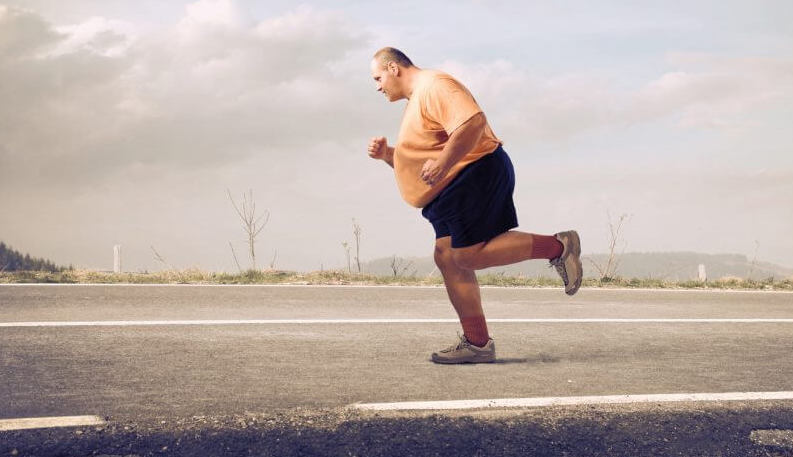Running is one of the most effective ways to shed extra pounds, but it’s also an intense workout for your body, which may take a toll on your health if you’re not already in good shape. While it may be frustrating to want to lose weight and have limited options because your current shape cannot take the impact, there’s definitely an easy way out of it. Of course, this isn’t to say that anyone overweight shouldn’t run, but there are still some extra precautions you need to take before you start following such a high-impact routine. If you are doing research on the topic of running while overweight, this article is for you. You can also ask for help with my essay if you don’t fully understand the topic.
Here’s what you need to know about the dangers of running long distances as an overweight person, and how you can counter those risks to reach your goal.
Joint Injury
While athletes in general risk joint injury, which is typically referred to as runner’s knee, the risk is much greater in overweight people. Carrying several extra pounds adds more strain on your joints when running, which can cause serious injuries when running long distances. It’s important to stop as soon as you feel strain around your kneecap, and to rest for a few days if needed.
If you’re overweight and running is painful for your joints, always ask your doctor about what kind of diet you need to follow before you get started. Many nutritionists now suggest natural diets for losing weight, the most popular of which is currently omni diet. Such diets are considered the safest to practice because they don’t deprive your body of the protein it needs, but instead allow you to follow a plant-based nutrition plan.
Chafing
One of the most common discomforts an overweight runner can face is chafing, especially around the inner thighs. This is because overweight people may not have what is referred to in today’s lingo as a “thigh gap.” When running, this can cause your inner thighs to rub against each other at such a rapid rate that eventually causes chafing, irritation, and bumps.
This can also lead to the darkening of the skin around the inner thighs as a result of a friction burn. Aside from how uncomfortable it can feel, the hyperpigmentation it causes adds to the issue. In order to minimize this, always make sure to wear the right sports clothing, and choose shorts that are padded around the thighs and underarms. There are also over-the-counter anti-chafing ointments, which you can apply before you go for your run.
Foot Pain
Pain around your ankles and in the soles of your feet can be another problem you face as an overweight person when you follow any intense workout routines. This is because your extra pounds add strain to your ankles and feet, which can lead to early exhaustion. To minimize and prevent this, you need to make sure to only run long distances when you’re wearing the right running shoes, and never regular sneakers.
But preventing foot pain doesn’t just come down to what you wear, but how you run and stand. You need to stand upright, and never hunch forward, while keeping your steps light. Never land on your toes or heels, and always land on your mid feet. You should also never ignore foot or ankle pain; if exercising gets too uncomfortable, stop immediately and try again the next day. If the pain persists, contact your physician.
Breathing Problems
Both overweight individuals and sedentary people will face breathing difficulties when they first workout. When you run long distances, your heart rate will increase, and so will the rate of your breaths, so that your body can keep up with your needed oxygen intake. The problem with this is that your breaths will usually be very shallow, and will not provide you with the oxygen you need, which will accelerate exhaustion.
If ignored, this can also cause serious complications, and a runner may lose consciousness in some dire cases. It’s best to start slow and practice rhythmic breathing before you set out on your running trip. This trains your muscles and lungs to take in deeper breaths, and will consequently up your endurance level. Whenever you feel like your breathing cannot keep up with your exercising, take a fifteen-minute break until your breathing slows down before you take another lap.
If you’re looking to get in shape, you should always check with your doctor before you start following a high-impact workout routine, especially if that includes intense activities like running long distances. Your doctor will likely suggest following a diet and starting slow, so that your body can reap the benefits of running, while minimizing your risk of injury.



















